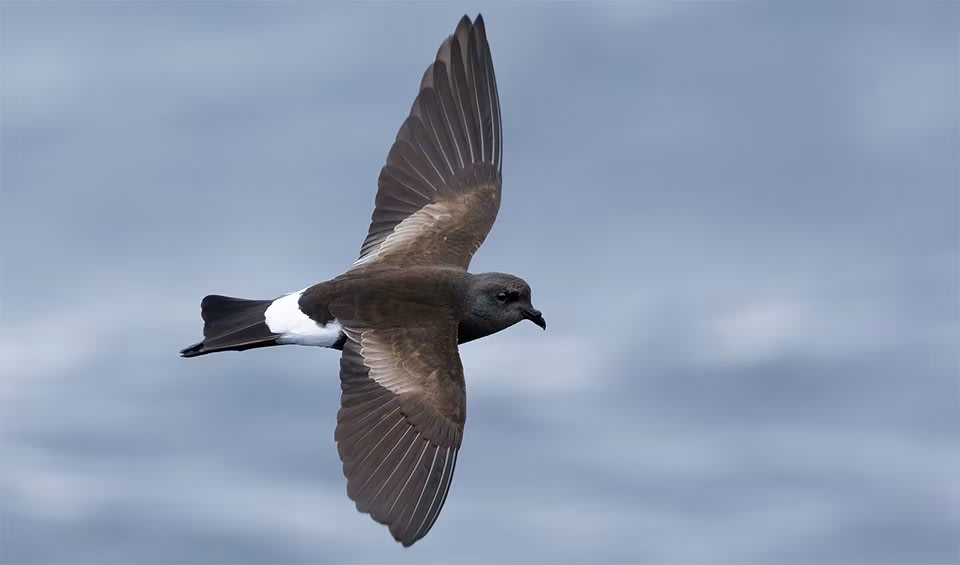Oceanites – Storm-petrels
Millions of these birds are taking over almost all the oceans worldwide
Oceanites encompass the oceanic storm petrels, small and spirited seabirds that exhibit remarkable adaptations to a life predominantly at sea. Their plumage, a mosaic of blackish-brown with dashes of white, allows them to blend into the marine environment, providing camouflage from aerial predators and a stealthy approach to their prey.
These birds are indeed diminutive but are masters of the air, able to flutter and glide that belies their size. They have a distinctive flight pattern, often characterized by their legs trailing behind, past their short tails, which may aid in maneuverability and balance over the ocean waves. Observing them fly in loose groups, sometimes called “flotillas,” is a testament to their friendly nature as they forage and migrate with family and friends.
Despite their small stature, Oceanite storm petrels are robustly built to withstand the rigors of stormy winds and turbulent seas. They are truly oceanic birds, migrating across vast distances in all oceans of the world, except for the North Pacific and the Arctic. Their wide distribution and pelagic lifestyle make them one of the most widely traveled of all birds.
Their foraging technique is as ingenious as it is efficient. Oceanites storm-petrels often follow large marine mammals, such as baleen whales, to feed on the plankton brought to the surface by the whales’ feeding activities. This strategy allows them to conserve energy and capitalize on the abundance of food generated by the whales’ movements.
The breeding behavior of these storm petrels is fascinating. They nest on remote, often uninhabited islands, laying a single white egg in a burrow or crevice that offers protection from the elements and predators. Both parents share the responsibility of incubating and feeding the chick, and their nocturnal visits to the nest sites help them avoid diurnal predators.
Species in this genus
Wilsons storm petrel
This species is found in all world oceans except the north Pacific Ocean


